How To Save For Tax Payments
In 1716 Christopher Bullock wrote in his comedy play The Cobbler of Preston, “Tis impossible to be sure of anything but Death and Taxes”. Whilst tricky to argue with, it’s not a terribly inspiring thought!
If we’re honest, the death part is not really in our realm of services. But understanding tax and making it less scary, is definitely where we help businesses!
To get on top of tax payments there is only one simple trick you need to know: plan and save!
I know, you’re thinking that’s easier said than done, and of course it is! If it was so super simple, nobody would ever find themselves worrying about how to pay their next tax bill.
However, all is not lost! This article explains the simple steps you can take to easily save and pay your tax bills, keep on top of your ins and outs, and maybe if you’re lucky — have some money left in reserves to put towards your dividends!
Cloudit Bookkeeping’s simple steps to saving for tax
- How much will you pay in tax?
Before beginning to work out how much you can save, you first need to establish how much you estimate to pay in tax each year. This depends entirely on your business structure: are you self-employed (sole trader or partner in a partnership), or is your company limited? Limited companies have to pay what is called corporation tax. This is charged at a flat rate percentage (check the percentage applicable in that year, but in 2021-2022 this is 19%) on taxable profits. If you’re self-employed things get a little more complicated as there are various different tax rates which kick in at different tiers, plus national insurance and student loan repayments.
Limited companies
If your company is limited, you’ll need to pay your tax bill nine months and one day after your year end. Corporation tax must be paid on both your company’s profits and on any gains you made from selling assets that increased in value.
If you’re keeping your accounts up to date, it’s most likely you have a rough idea of how much net income you earn each month. You’ll be paying set percentage on your profits — the money you make in that accounting period, minus overheads and allowable expenses. It’s worth knowing that any expense your company incurs for the running ‘wholly, exclusively and necessarily’ of the business can be deducted from your company’s profits, before you pay tax. Expenses include:
- Goods bought for resale
- Purchase of materials
- Freelancer costs
- Salaries of all employees
- Employers’ National Insurance Contributions (NICs)
- Employer pension contributions
- Business insurance
- Business-related travel and accommodation
- Office running costs
- Accountancy costs
There are other expenses, but these are the main ones. Sadly, equipment and plant you buy and keep for the business cannot be claimed, as these are considered capital assets.
Once you’ve looked at how much you earn each month and have considered expenses and any tax reliefs you may be entitled to, you can then estimate the corporation tax amount you need to save for each month at the current tax rate.
Self-employed, sole traders and partners in a partnership
If you’re self-employed you’re required to pay your Self Assessment tax bill, Income Tax and National Insurance Contributions on your business profits, after deductions for expenses. You need to know these figures before you can start saving for your tax bill.
Our advice? Use HMRC’s self-employed ready reckoner to help you budget for your Self Assessment tax bill. (Yup, they’re trying to help you pay your taxes!)
Here you simply place in your estimated weekly or monthly profit to get an idea of how much Income Tax, Class 2 and Class 4 National Insurance you’ll be asked to pay. However, if you need to make payments on account, these are not included in this tool. The tool also assumes you have no other taxable income and receive the standard personal allowance.
- Accounts
Next, open two current accounts. One will be for income, the other for expenses.
- Savings accounts
Once you’ve opened the current accounts, you also need to open two savings accounts: one you will use to save for your tax, the other for your reserves.
- Expenses
How much do your expenses cost you each month? Work out every cost to your business from business rent and staff payments to stationary bills and water bills. Now you can calculate how much income you need to move into your expenses account to ensure your monthly bills are paid.
- Tax
Go back to your estimated figures you worked out for your tax and now calculate how much income needs to be moved into your tax savings account each month to ensure there’s enough to pay HMRC.
- Reserves
Whatever is left, gets moved into your reserves account to pay your dividends. This can also be your pot for expensive equipment required in the future and other big purchases.
Ta-dah! Saving for tax made simple! For those of you who are up-to-date with your accounts, payments can be made twice a month, but this is only possible if you have good record keeping and a great bookkeeper.
If, after reading this article, you’re still not entirely sure how to begin the process of sensibly saving each month, just ring Cloudit Bookkeeping! We’re here to make sure businesses not only succeed but thrive!
Don’t let tax get you down; there are always ways to help businesses cope and a great bookkeeper is one of the best ways of helping yourself. Please call and we will assist in helping you remove the fear of future tax payments.



